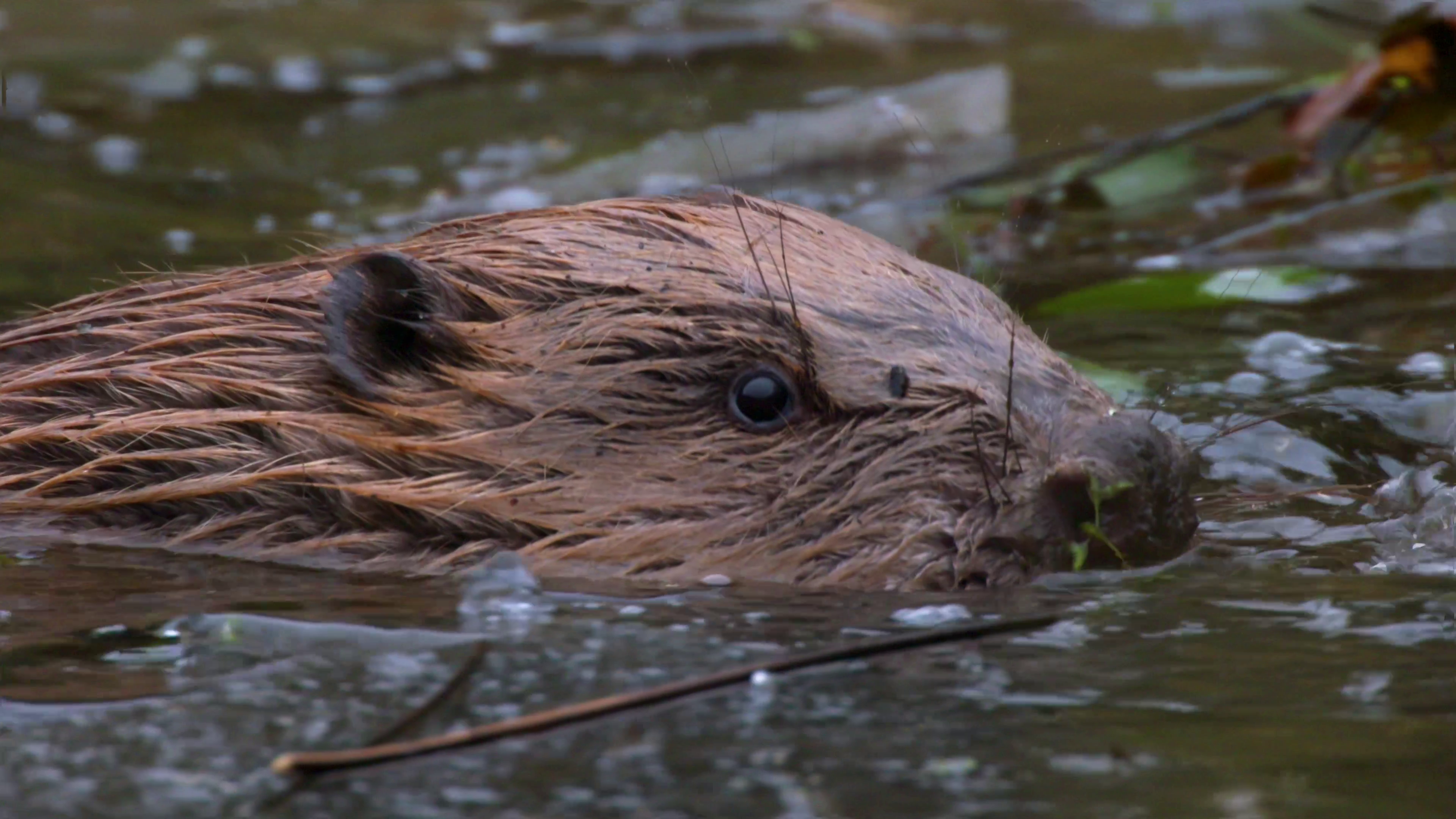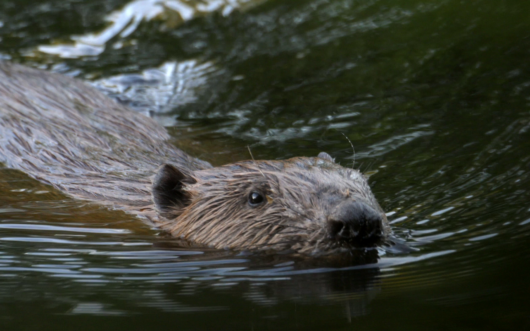Bring biodiversity, beavers, and community-driven conservation into your classroom.
Explore how conservationists, landowners, and scientists are working to reintroduce beavers to Great Britain and restore the wetlands and waterways they once shaped. This educator guide supports classroom discussion, NGSS-aligned learning, and hands-on opportunities for student engagement.
GRADES
9 – 12+
SUBJECTS
Biology, Storytelling, Ecology, Ecosystem Engineering
Episode Overview
Beaver Fever follows the return of beavers to Great Britain, where they were driven extinct centuries ago. These industrious animals are known as “ecosystem engineers” because of their unique ability to reshape landscapes in ways that benefit countless other species. By building dams and creating wetlands, beavers slow water flow, reduce flooding, improve water quality, and provide critical habitat for fish, birds, and insects—helping to restore both biodiversity and natural hydrology.
However, reintroducing beavers is not without challenges. Farmers and landowners sometimes worry about flooded fields or altered waterways, while engineers and conservationists work to balance human needs with ecological restoration. Beaver Fever highlights how collaboration, creative problem-solving, and a willingness to compromise among scientists, engineers, communities, and policymakers are essential for successful rewilding efforts. The episode ultimately shows that bringing beavers back isn’t just about one species—it’s about repairing ecosystems and reimagining how humans can live alongside wildlife.
Discussion Questions
- (Before the film) Ecosystem services, ways in which humans benefit from ecosystems, are essential for human health and well-being. Examples include when bees pollinate crops or when wetlands clean water.
- What ecosystem services do you think are provided by beavers?
- Create a conceptual model that illustrates how restoring beavers might affect wildlife biodiversity, water quality, and hydrology.
- Describe three specific species that could benefit from restoring beavers.
- How might beavers and the habitats they create help mitigate the local effects of climate change?
- Collaboration between different people and groups is essential for effective conservation. Describe some specific examples of collaboration in the film and how they have been successful.
Key Concepts
- Ecosystem Engineers: Organisms that directly or indirectly create, modify, or maintain habitats.
- Ecosystem Services: Ways in which humans benefit from ecosystems. Ecosystem services are essential for human health and well-being.
- Keystone Species: A species that has a disproportionately large effect on its environment relative to its abundance.



